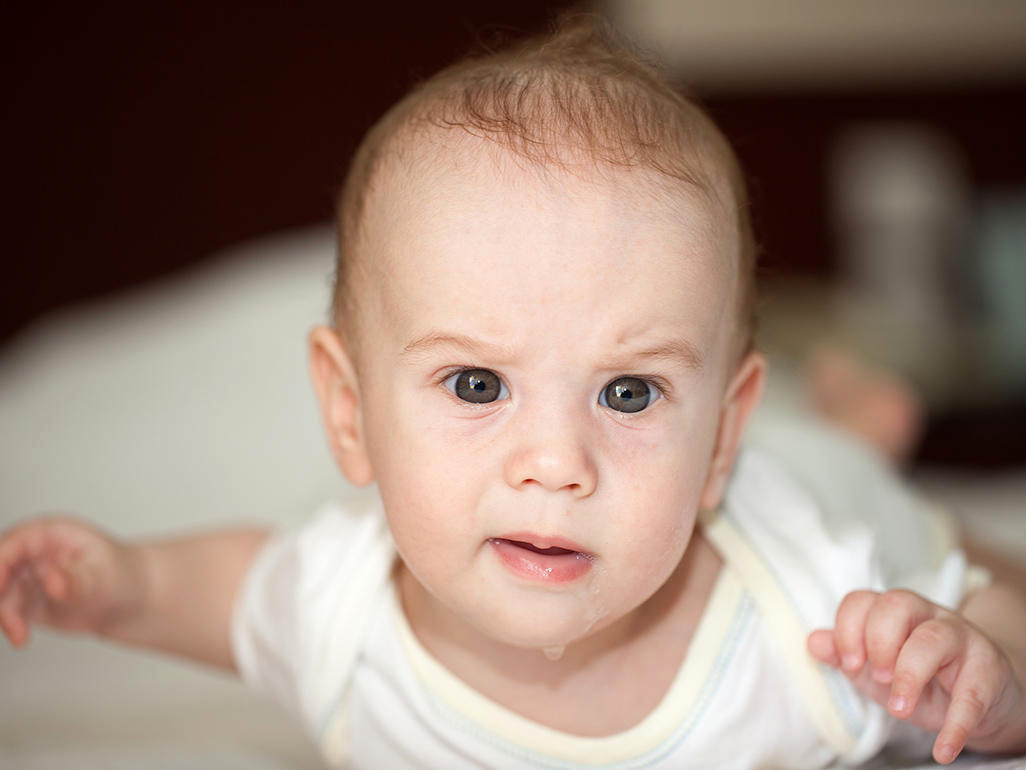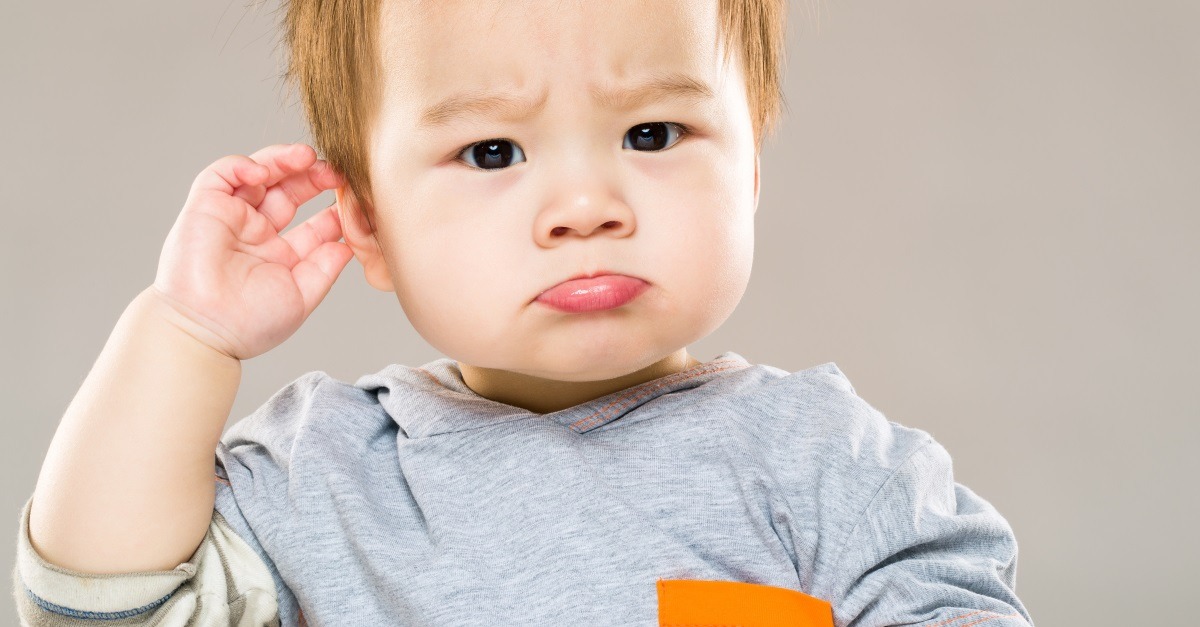The world can seem like a precarious place when you have a tiny human navigating its wonders. One minute they’re giggling, the next they’re tumbling to the floor, and your heart races in a panic. This is especially true when they fall from a sitting position, seeming to plummet from a relatively stable position. While most falls are harmless, knowing how to assess the situation, offer comfort, and prevent future incidents is crucial. This article will demystify the common, yet terrifying, scenario of a baby falling from a sitting position, equipping you with the knowledge and confidence to handle it with composure.

Image: alltopcollections.com
As a parent, it’s impossible to shield your baby from every bump and bruise. But understanding the mechanics behind such falls, recognizing the potential for injury, and knowing how to respond can make a world of difference. This is especially true for falls from a sitting position, a seemingly innocuous event that can be quite frightening for both parent and child.
Understanding the Mechanics of a Fall
When a baby falls from a sitting position, the impact is often heavier than you might imagine. Unlike a fall from a standing position, where legs can soften the landing, a sitting fall sends the baby’s weight directly downwards, potentially causing a direct blow to the head, back, or other areas. While the force of the impact in a short fall is usually low, the worry and concern are high.
Assessing the Situation
The first rule of thumb is to remain calm. This will help project a sense of security to your baby and aid in your rational assessment of the situation. Immediately after the fall, observe your baby for any signs of distress.
Here’s what to look for:
- Crying: A normal, healthy cry after a fall is usually a good sign. However, a high-pitched, piercing scream can be a sign of more serious injury.
- Lethargy: If your baby seems unusually drowsy or weak after the fall, it’s essential to seek medical attention.
- Loss of Consciousness: Any loss of consciousness, even momentarily, requires immediate medical evaluation.
- Head Bump or Swelling: Look for any noticeable bumps, swelling, or bruising on your baby’s head.
Immediate First Aid
If your baby is crying but seems otherwise alert and responsive, comfort them with gentle cuddles, soothing words, and perhaps a pacifier.
- Hold them close: The familiar warmth and safety of your embrace will provide comfort.
- Observe: Watch for any changes in their behavior such as increased fussiness, lethargy, or vomiting.
If there is any blood or deep cuts, gently clean the wound and apply pressure with a sterile gauze pad to stop the bleeding.

Image: www.reviewhome.co
When to Call a Doctor
While most falls from a sitting position are relatively harmless, there are instances where seeking medical advice is essential. You should call your pediatrician immediately if:
- Your baby loses consciousness, even for a few seconds.
- Your baby has any seizure-like activity, such as jerking movements.
- Your baby’s cry is high-pitched or doesn’t stop after being comforted.
- You notice a large bump or swelling on the head, especially if it’s accompanied by vomiting.
- Your baby is lethargic or unresponsive, or refuses to feed.
- Your baby has any signs of neurological problems such as difficulty moving limbs, a change in their eye movements, or an unusual headache.
Preventing Future Falls
You can’t prevent every fall, but there are steps you can take to minimize the risk.
- Babyproofing: Babyproof your home by securing furniture, adding protective corner covers, and using safety gates.
- Supervise Closely: Never leave a baby unattended on a high surface, even for a few seconds.
- Choose Safe Surfaces: Avoid placing your baby on surfaces that are too soft or too hard. A firm, padded surface is ideal.
- Provide Support: When your baby is learning to sit, offer support from the sides to prevent them from toppling over.
- Safe Toys: Ensure toys are safe and age-appropriate, and avoid toys with small parts that could be choking hazards.
- Stay Calm: Your baby will pick up on your emotions. If you’re calm and confident, they’ll feel more secure.
Expert Insights
Dr. Sarah Jones, a renowned pediatrician, suggests, “The most important thing is to remain calm and assess the situation. If you’re unsure about anything, it’s always best to err on the side of caution and consult your doctor.”
Dr. David Lee, a pediatric neurosurgeon, emphasizes the importance of being proactive, “Preventing falls is the best way to ensure your baby’s safety. Babyproofing your home and providing constant supervision can make a significant difference.”
Baby Hit Head On Floor From Sitting Position
Takeaway
Falls from a sitting position are a common occurrence, but they can be terrifying for parents. Understanding the mechanics of such falls, recognizing the signs of injury, and knowing when to seek medical attention are essential for every parent. By staying informed and implementing safety measures, you can give your baby the best protection while navigating the world with confidence. Remember, you are your baby’s strongest advocate, and your vigilance is their best defense against potential harm.






